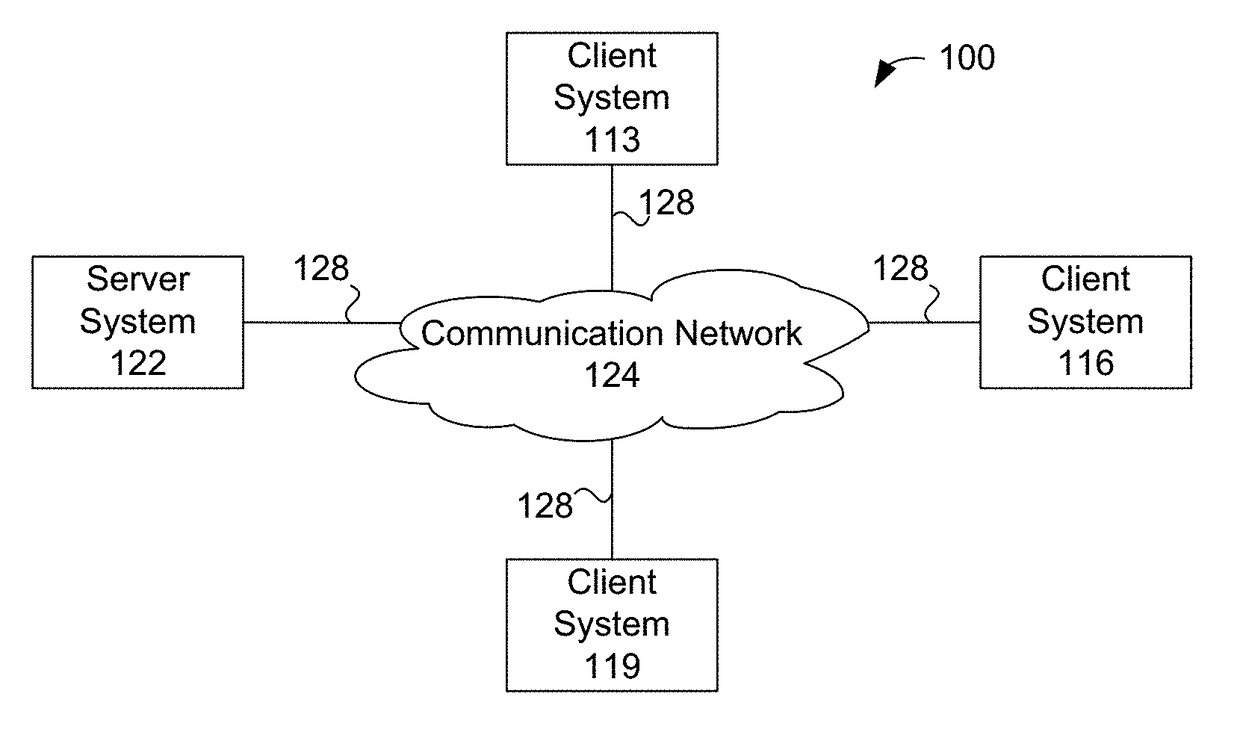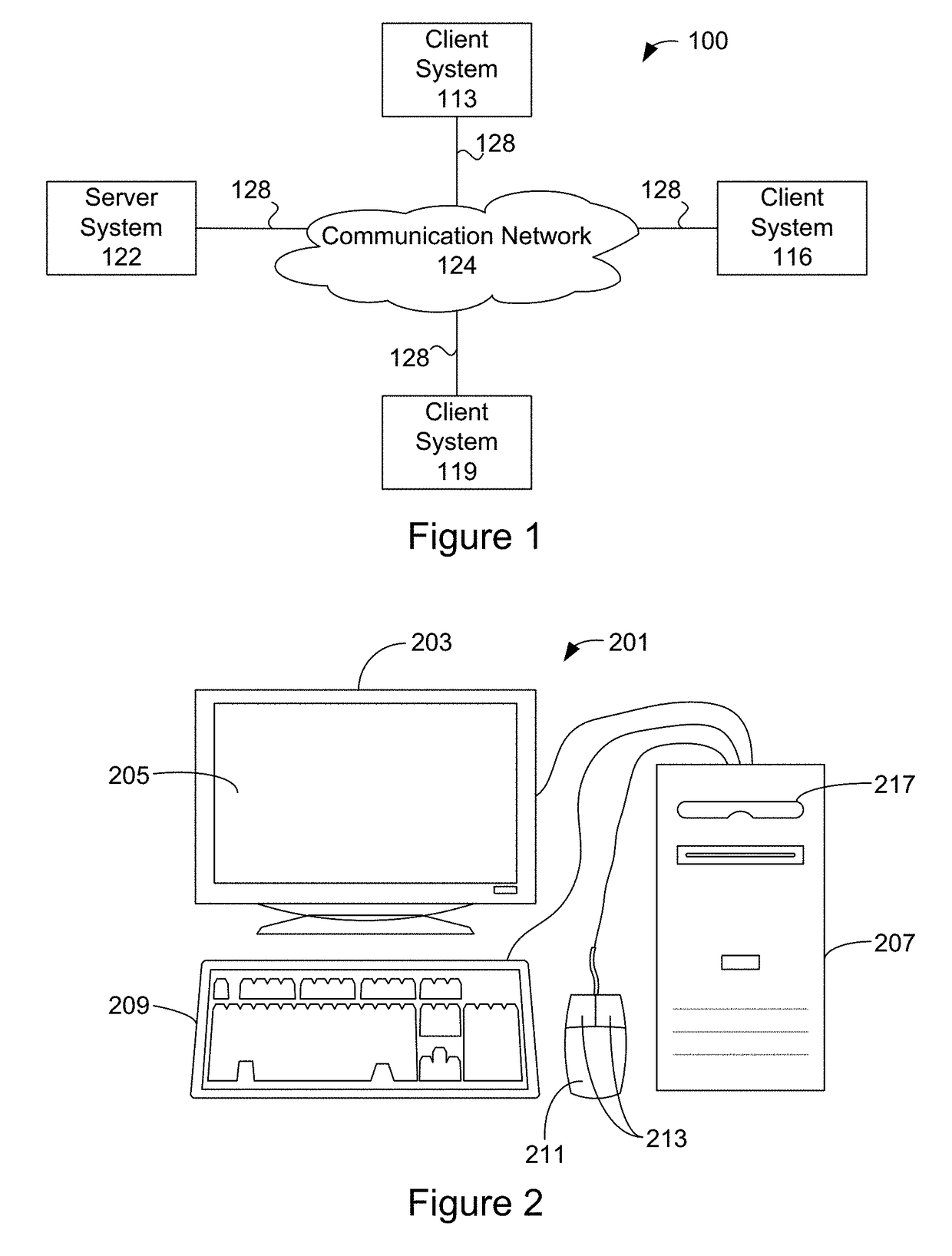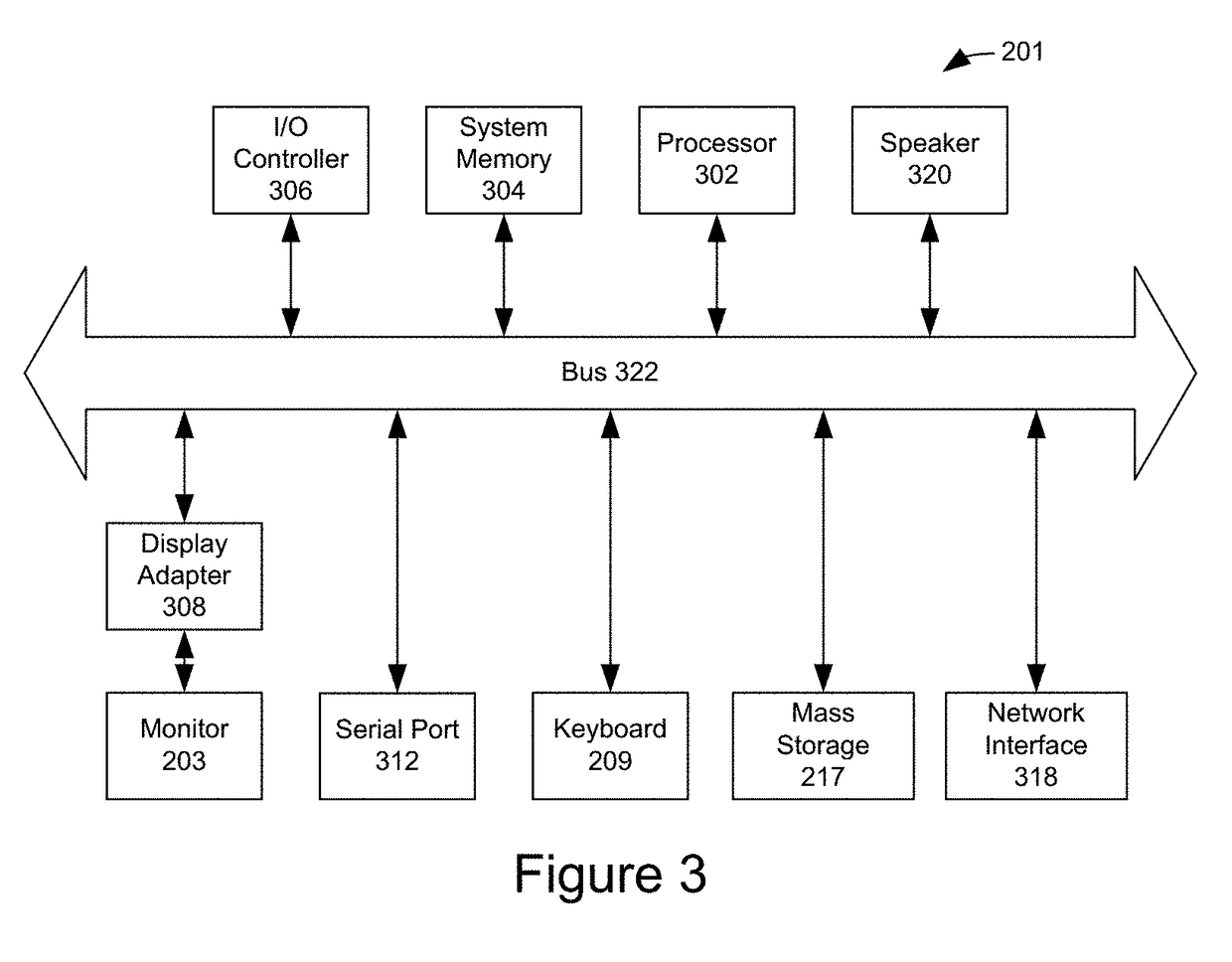Tools and Methods for Real-Time Dataflow Programming Language
a programming language and real-time data technology, applied in the field of computing, can solve the problems of inability to send all of the data, the datacenter can be arbitrarily distant, and the cost prohibitive, so as to achieve maximum performance, reduce latency, and speed up response time
- Summary
- Abstract
- Description
- Claims
- Application Information
AI Technical Summary
Benefits of technology
Problems solved by technology
Method used
Image
Examples
example
[0237]In this section we provide a simple concrete example of the tool in action. We start with a concrete use-case and a Vel program for it. Then we step into using the tool to demonstrate the capabilities described above. Consider a sensor input stream for a valve. The valve that opens and closes as conditions change. When the valve is open sensor reading is: “true” and then the valve closed the sensor reading is “false.”
[0238]The input_stream is a record with two fields in it:
(Integer) timestamp
(Boolean) is_open
[0239]The goal is to detect when exactly the valve opened and send a true to an output_stream. So in terms of sensor readings we detected a false followed by a true. An important pattern matching stream processing feature involved here is: Valve close-to-open transition detection via a sliding window pattern using TFR (1).
[0240]Sample JSON formatted real data coming in from input stream data:
Valve
[0241]{“timestamp”:1473223600, “is_open”: false}
{“timestamp”:1473224302,“is_o...
PUM
 Login to View More
Login to View More Abstract
Description
Claims
Application Information
 Login to View More
Login to View More - R&D
- Intellectual Property
- Life Sciences
- Materials
- Tech Scout
- Unparalleled Data Quality
- Higher Quality Content
- 60% Fewer Hallucinations
Browse by: Latest US Patents, China's latest patents, Technical Efficacy Thesaurus, Application Domain, Technology Topic, Popular Technical Reports.
© 2025 PatSnap. All rights reserved.Legal|Privacy policy|Modern Slavery Act Transparency Statement|Sitemap|About US| Contact US: help@patsnap.com



